Nội Dung Chính
(Page 111)
Past continuous
2.1 We form the past continuous with was or were + the -ing form of the verb.
| Affirmative | Negative | Questions |
| I was playing. | I wasn't playing. | Was I playing? |
| You were playing. | You weren't playing. | Were you playing? |
| He / She / It was playing. | He / She / It wasn't playing | Was he / she / it playing? |
| We / You / They were playing. | We / You / They weren't playing. | Were we / you / they playing. |
2.2 To form the -ing form, we add -ing to the end of most verbs.
+ -ing: work → working study → study
With most verbs ending in -e, we drop the -e and add -ing.
-e → - ing: dance → dancing write → writing
But if the verb ends in -ee, we simply add -ing.
+ -ing: agree → agreeing see → seeing
And if the verb ends in -ie, we change the -ie to -y and add -ing.
-ie → -ying: die → dying lie → lying
If the verb ends in a short accented vowel + a consonant, we double the consonant and add -ing.
-p → -pping: drop → dropping
-n → -nning: plan → planning
-t → -tting: chat → chatting
2.3 We often use the past continuous to set the scene.
The sun was shining brightly. Some tourists were standing in the square. A man was selling ice cream.
We use the past continuous to talk about an action that was in progress at a particular time.
At seven o'clock this morning, I was eating my breakfast.
2.4 When we use the past continuous with two or more actions, we do not need to repeat the subject (I, we, ect.) or was / were if the subject is the same.
We were sitting at a table, chatting and drinking coffee.
Contrast: past simple and past continuous
2.5 We use the past simple for a sequence of events in the past. The events happened onne after another.
She walked into the room and sat down. Then she opened her bag and took out a letter.
We use the past continuous to describe a scene in the past. The events were in progress at the same time.
She was sitting in the room, reading a letter. A man was looking out of the window.
2.6 We use the past simple and the past continuous together for a single event that interrupted a longer event in the past. We use the past continuous for the longer event and the past simple for the interruption.
As she was reading the letter (longer event); the phone rang (interruption).
We can use as or while with the past continuous. We usually put a comma between the longer action and the interruption.
While we were having lunch, my uncle arrived.
As we were having lunch, my uncle arrived.
If we don't use as or while with the past continuous, we use when with the past simple. In these sentences, we usually do not include a comma.
We were having lunch when my uncle arrived.
2.7 We do not use the past continuous – or any continuous tense – with certain verbs. The meaning of these verbs is usually connected with a state rather than an action. They include:
• hate, like, love, need, prefer, want, wish
• believe, know, mean, realise, recognise, remember, suppose, understand
• belong, contain, depend, matter, owe, possess
They weren't dancing because they didn't like the music. ✔
NOT They weren't dancing because they weren't liking the music. x
Some verbs are not used in continuous tenses when they have a particular meaning, e.g. the verb have when it means 'to own or possess'.
He had dark hair and was wearing a white T-shirt. ✔
NOT He was having dark hair and a white T-shirt. x
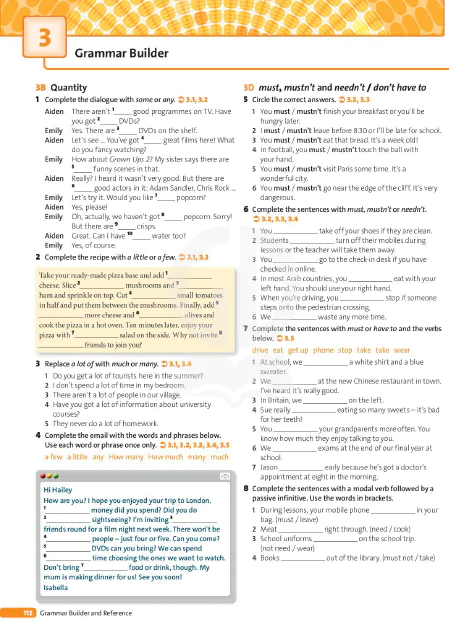
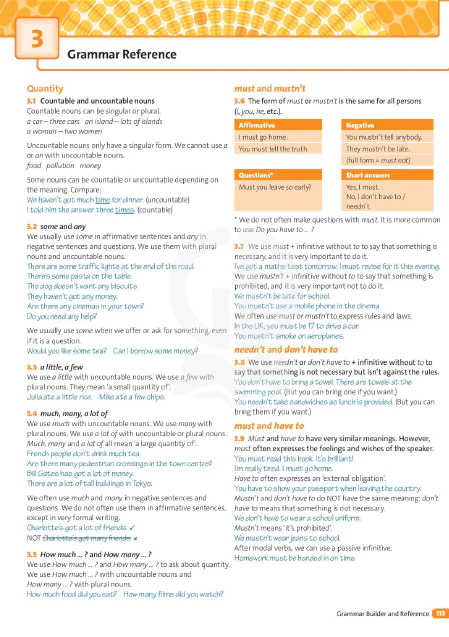
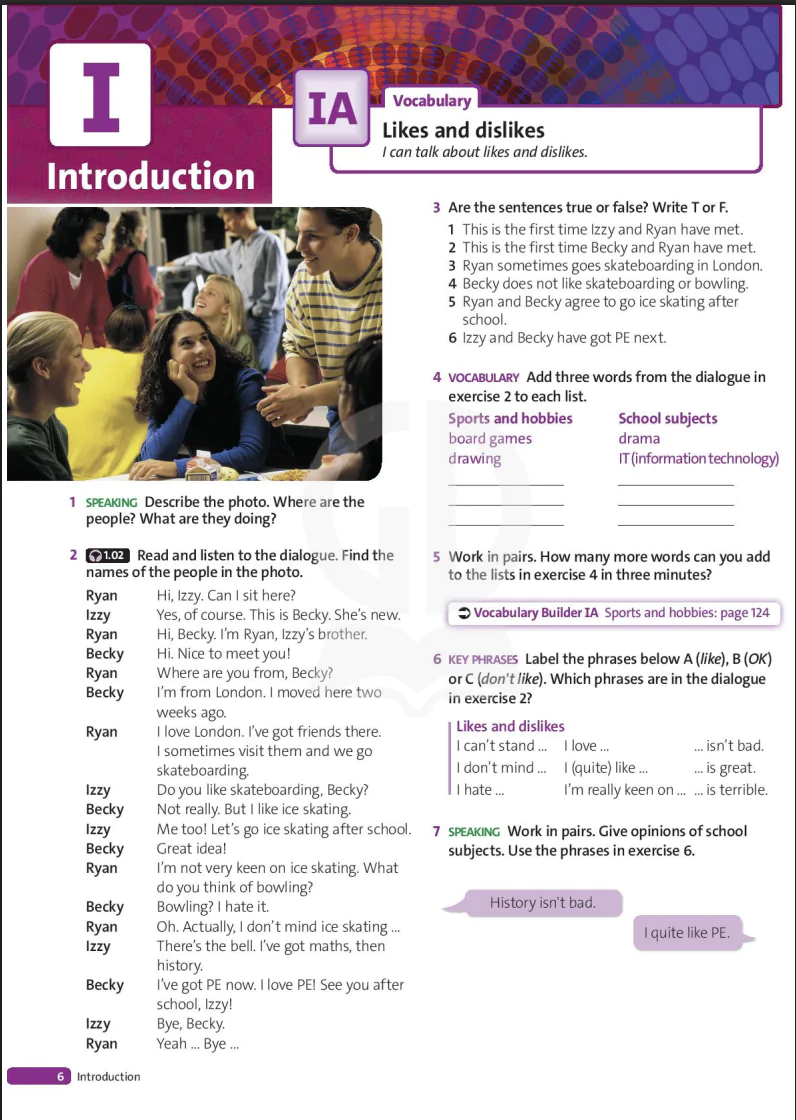
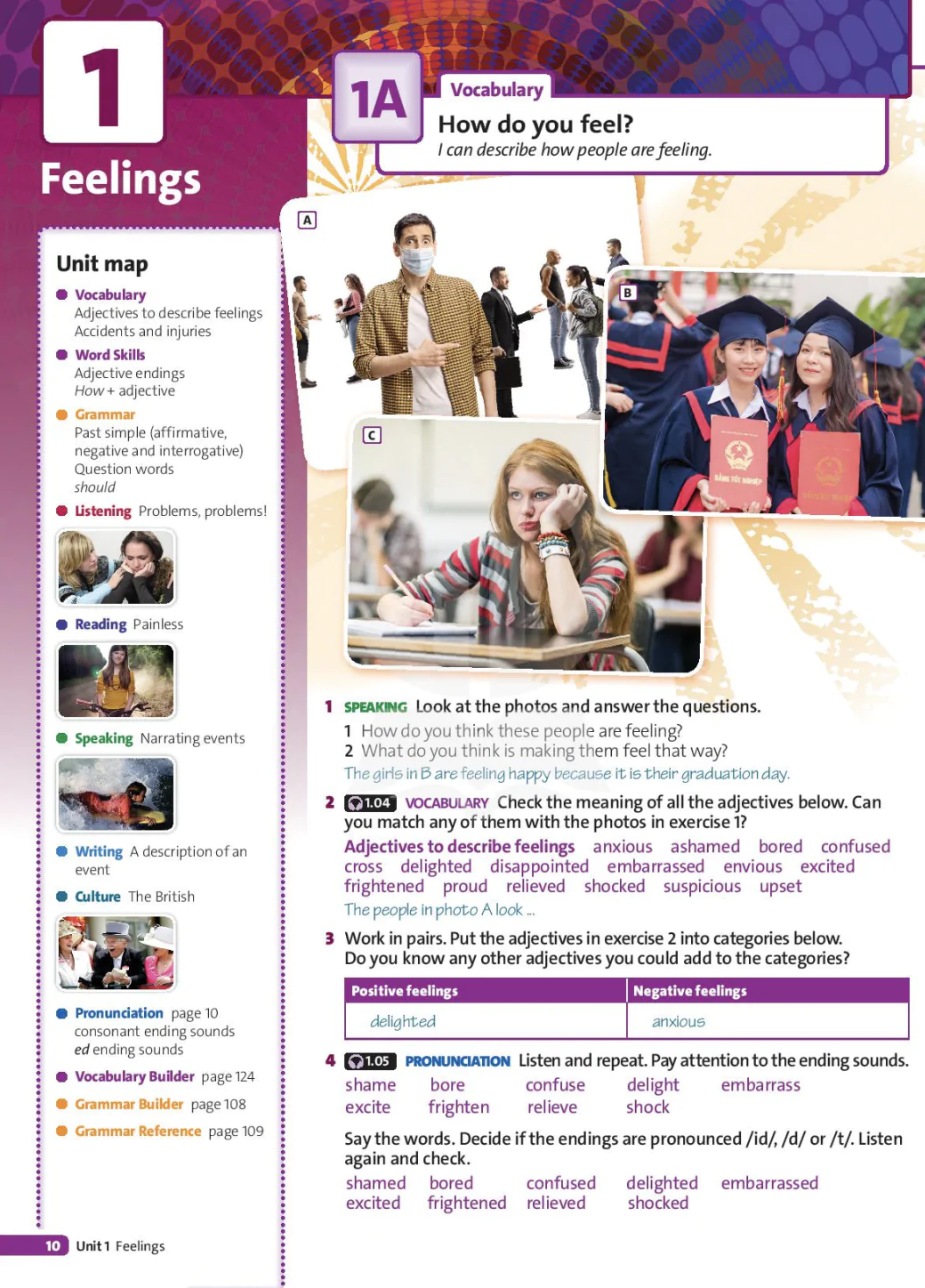

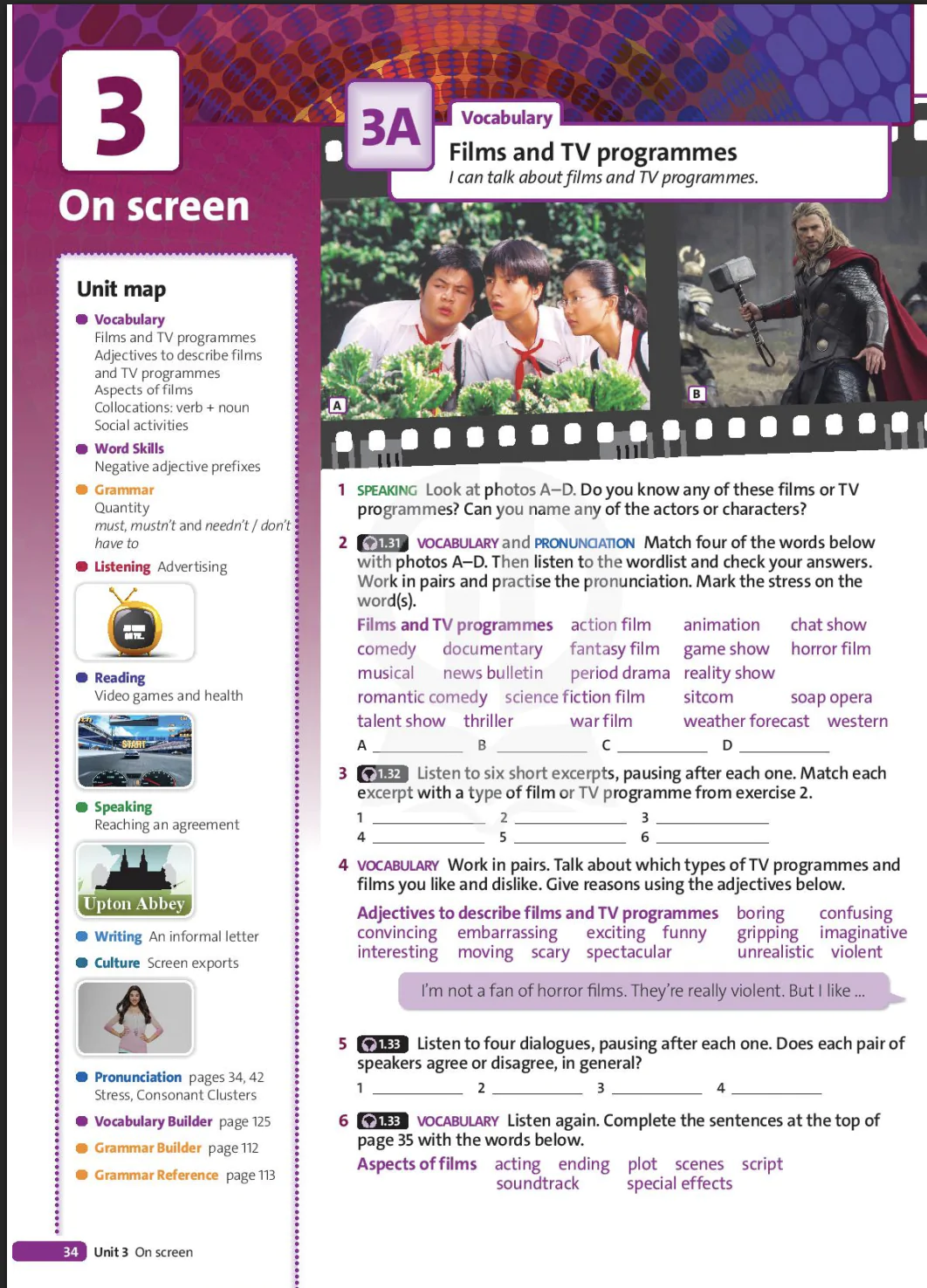
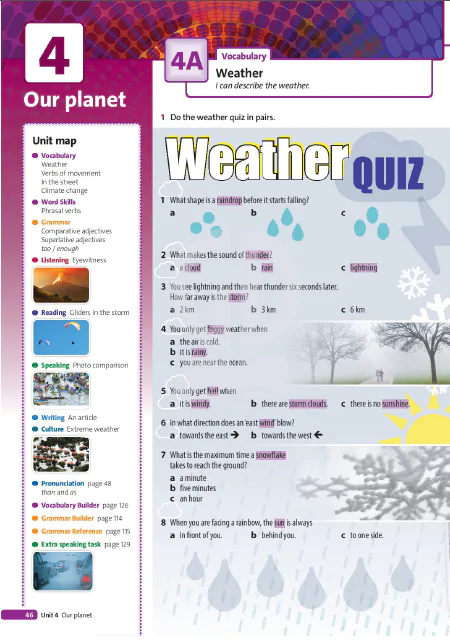
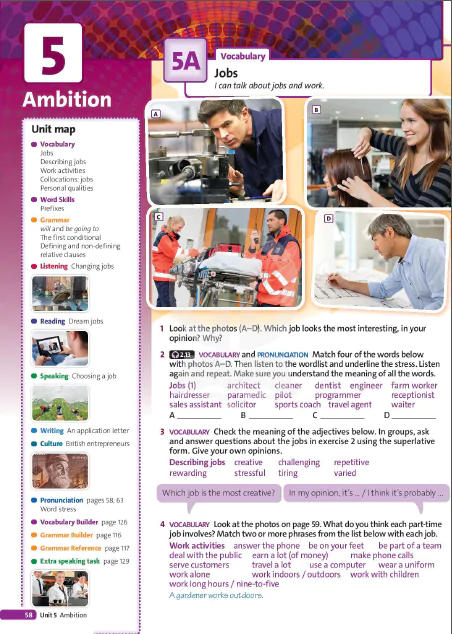
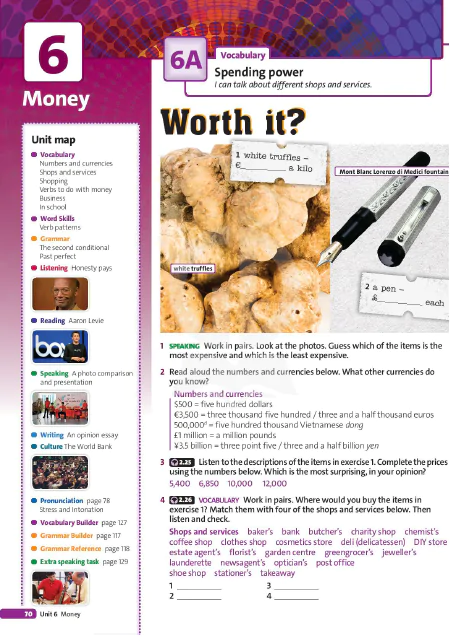
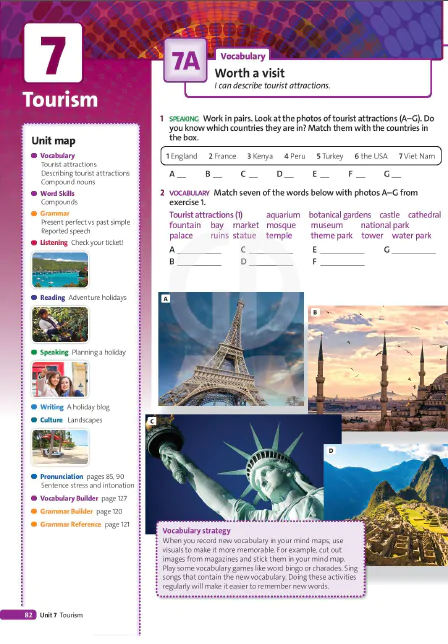
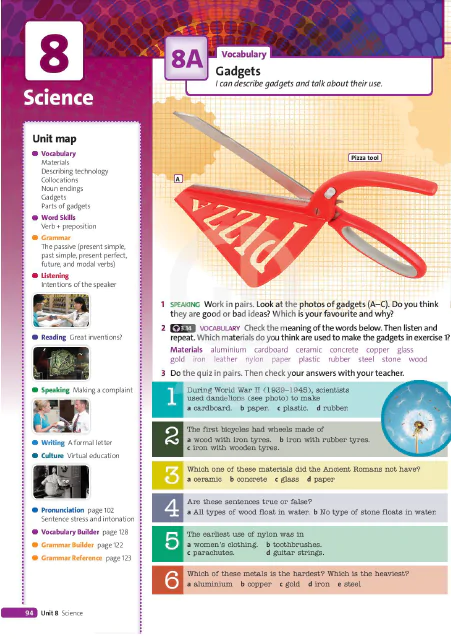
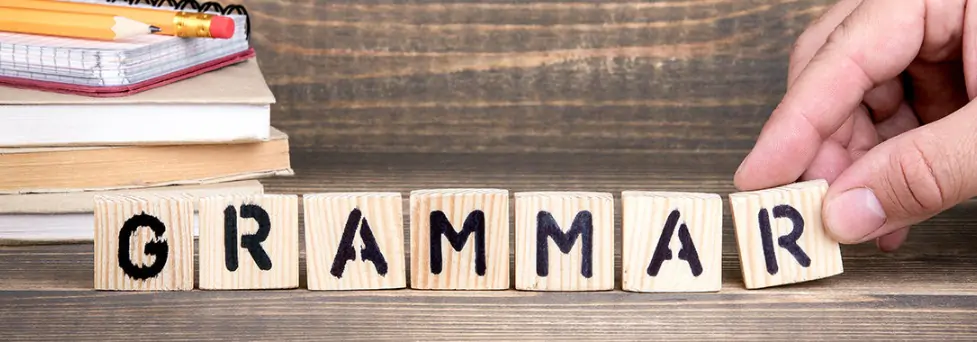
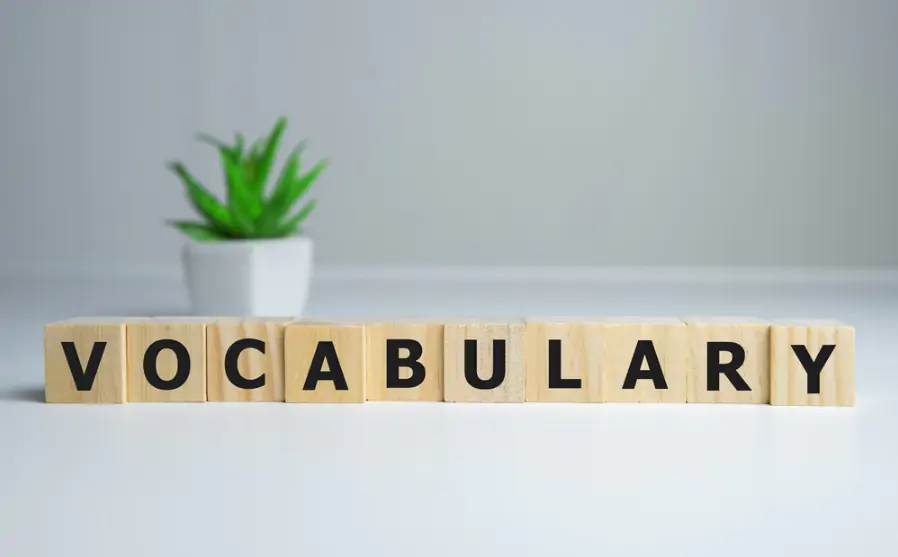
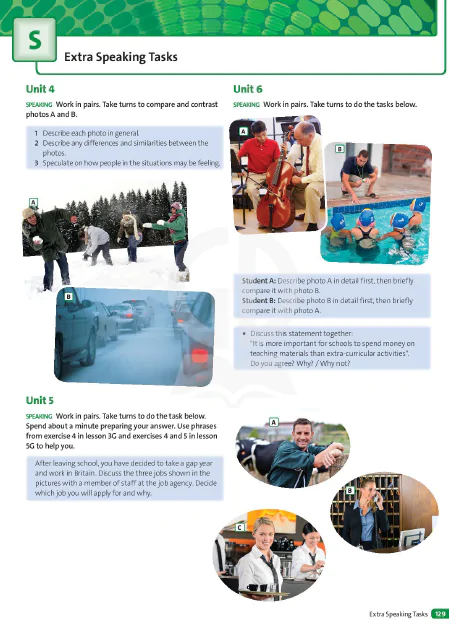
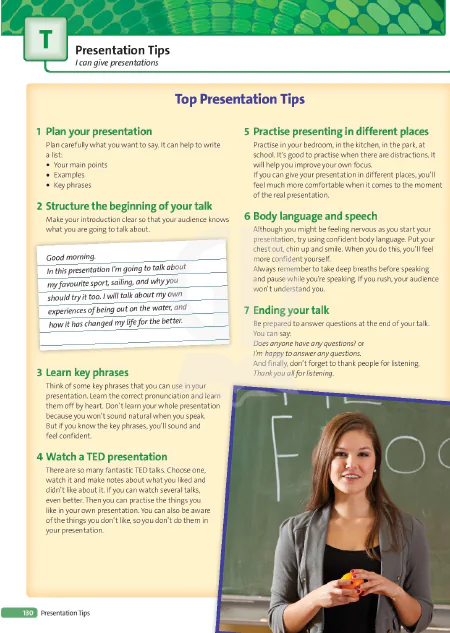
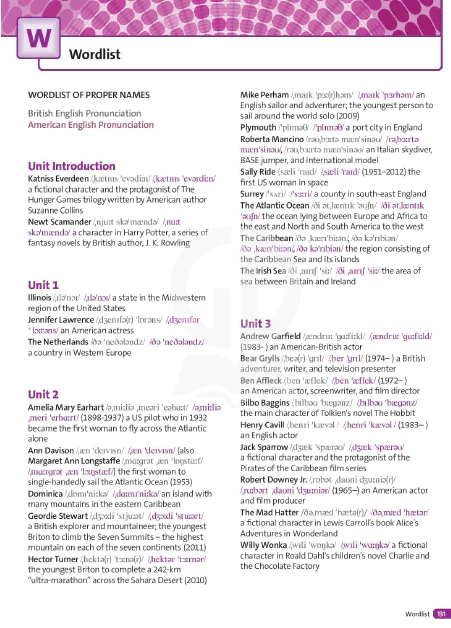


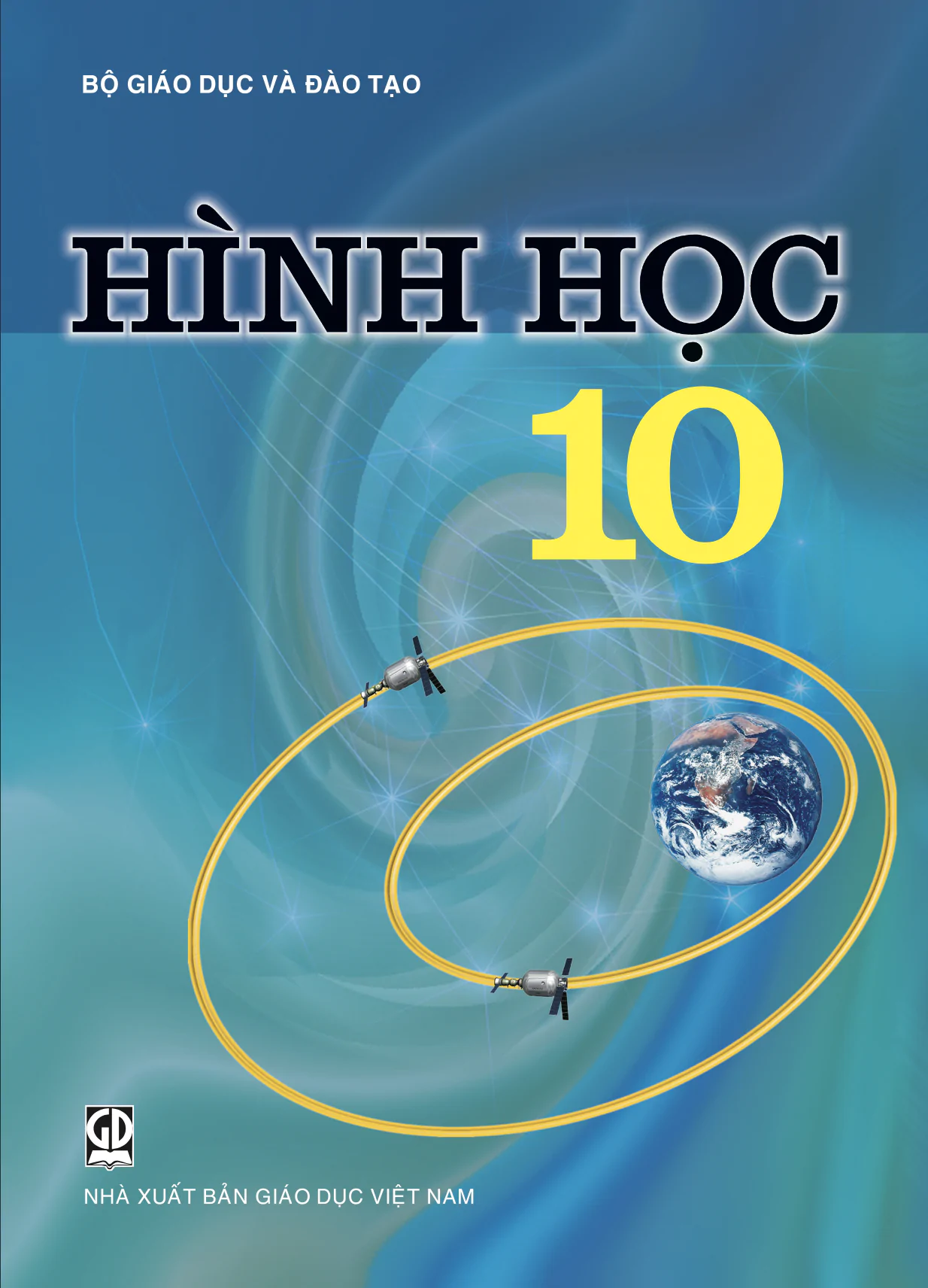
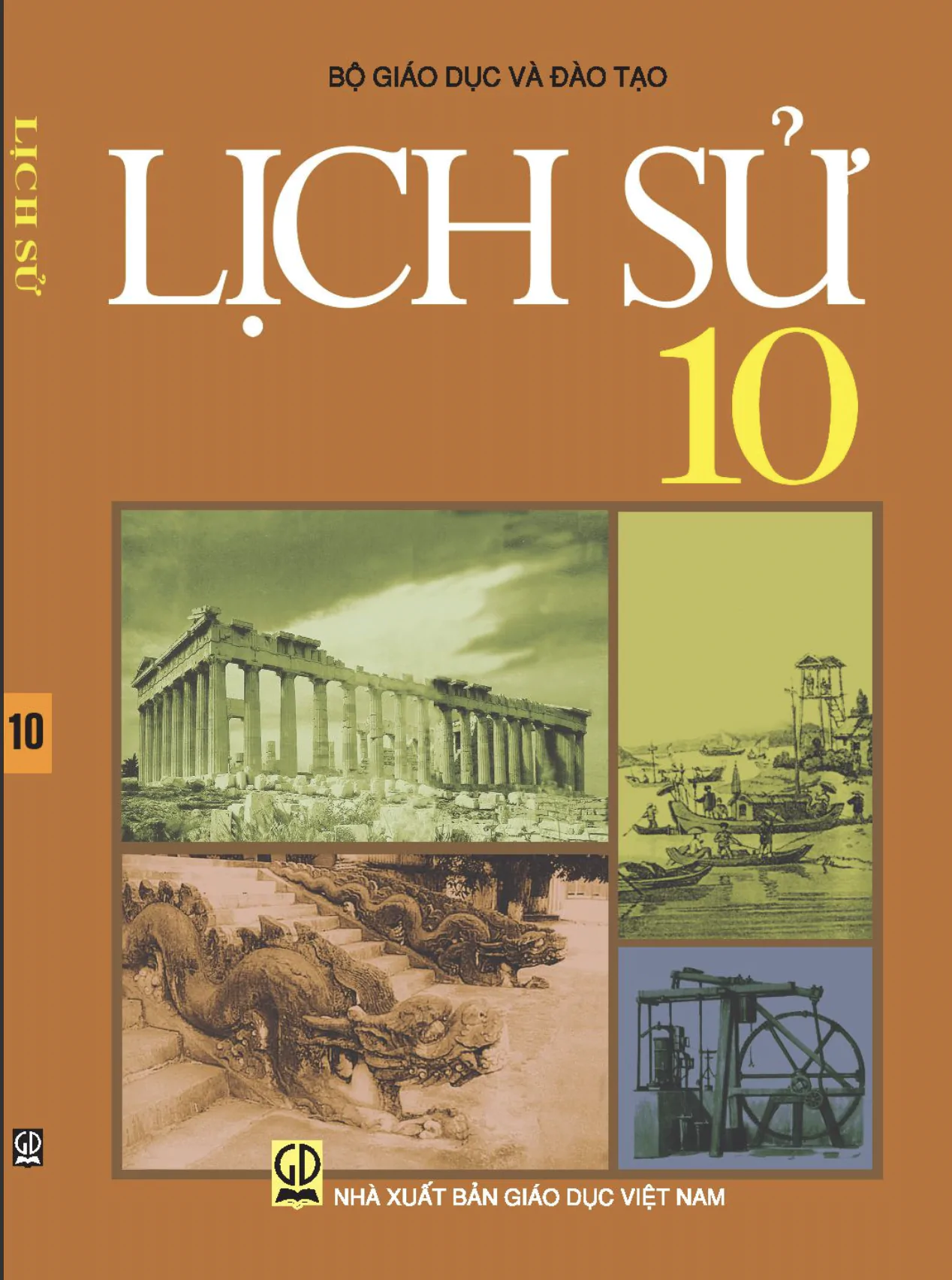
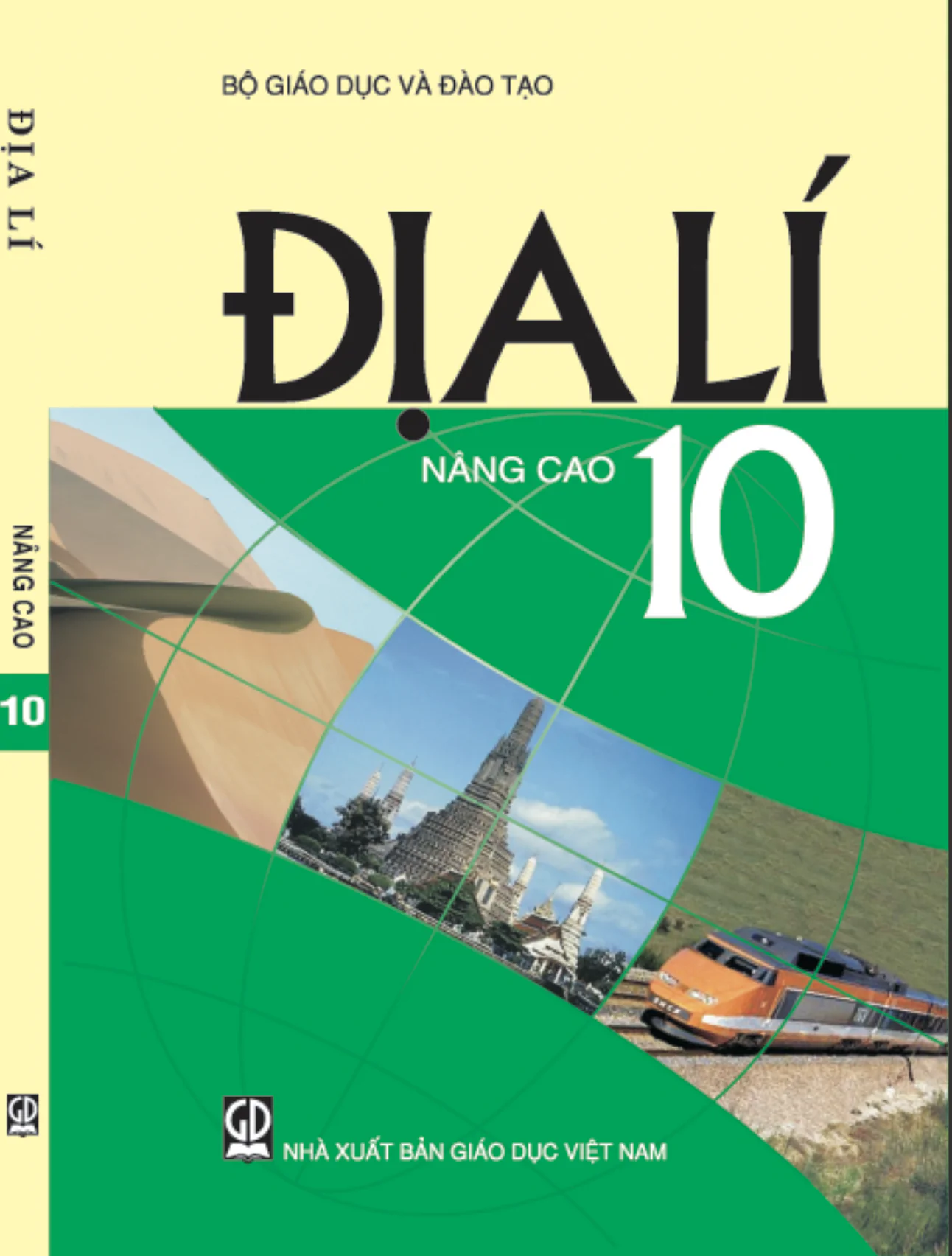
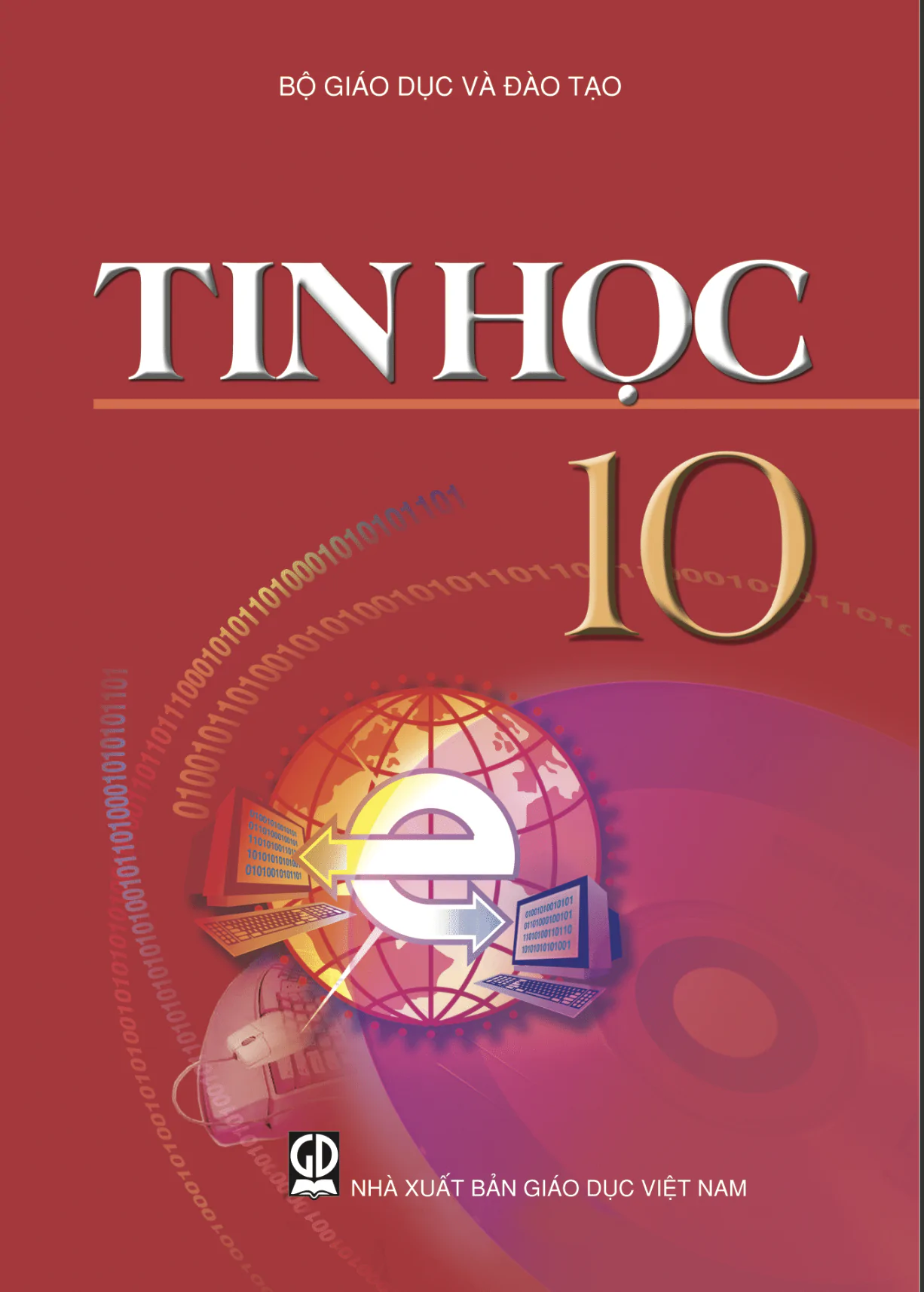

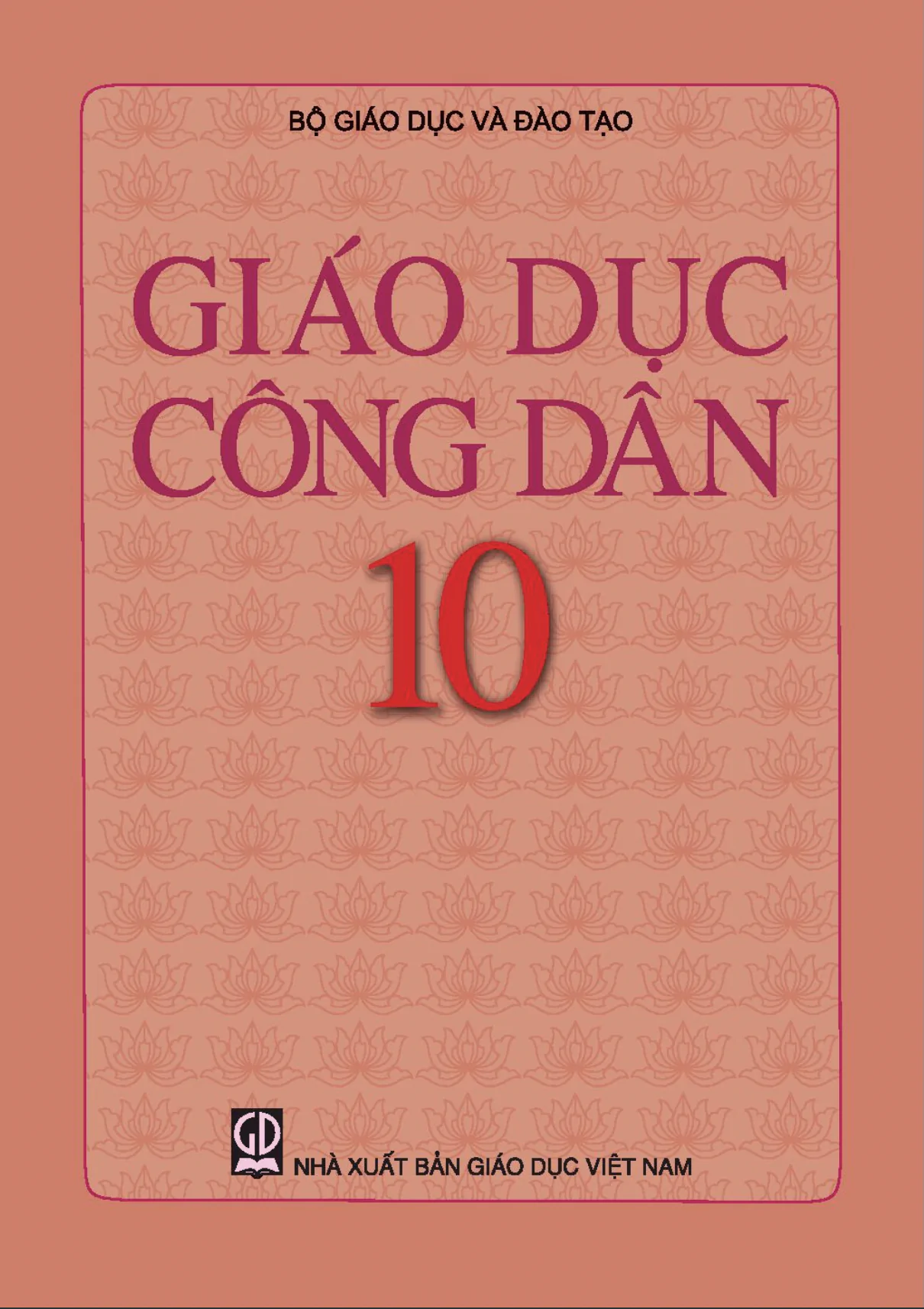
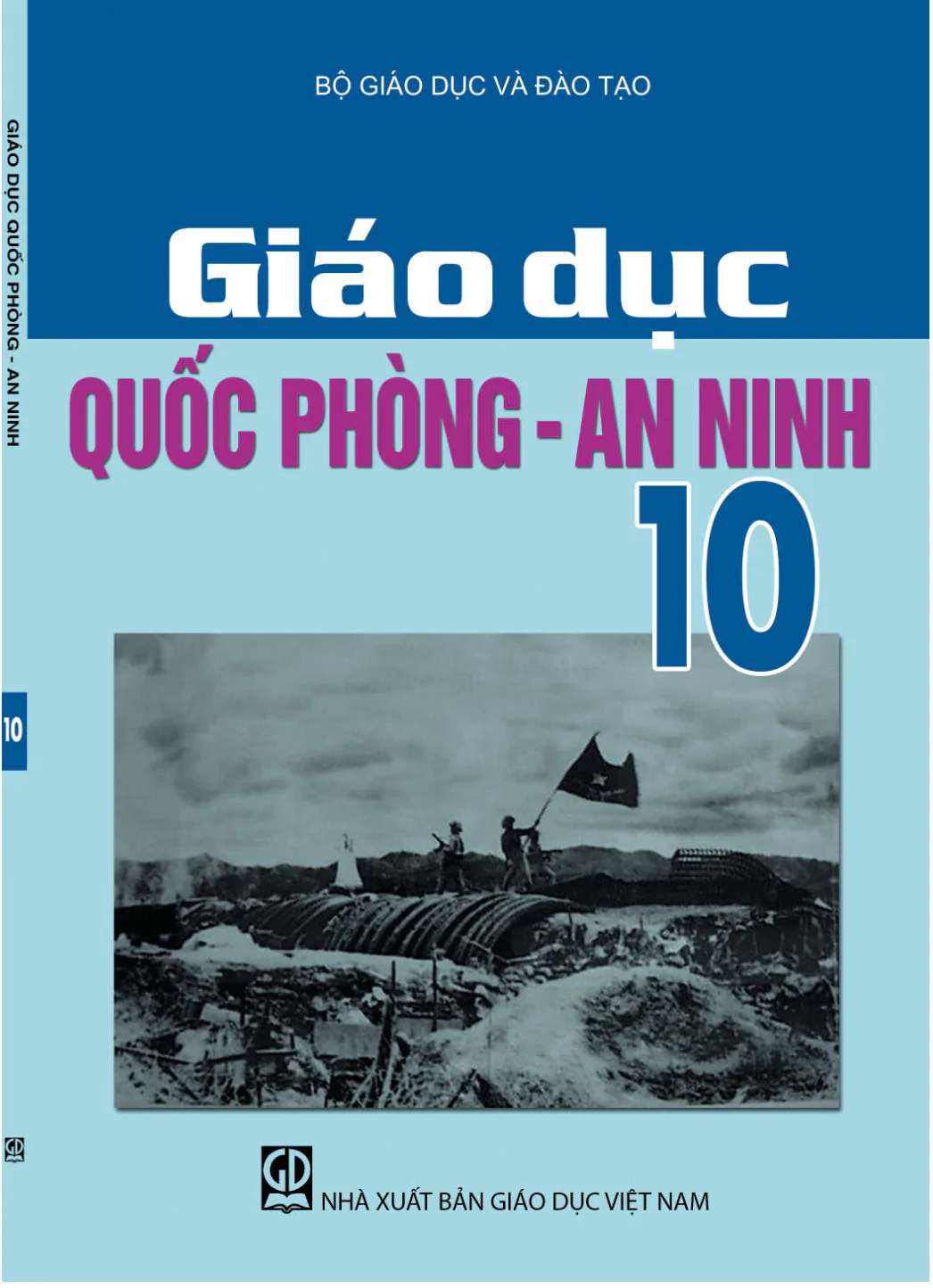

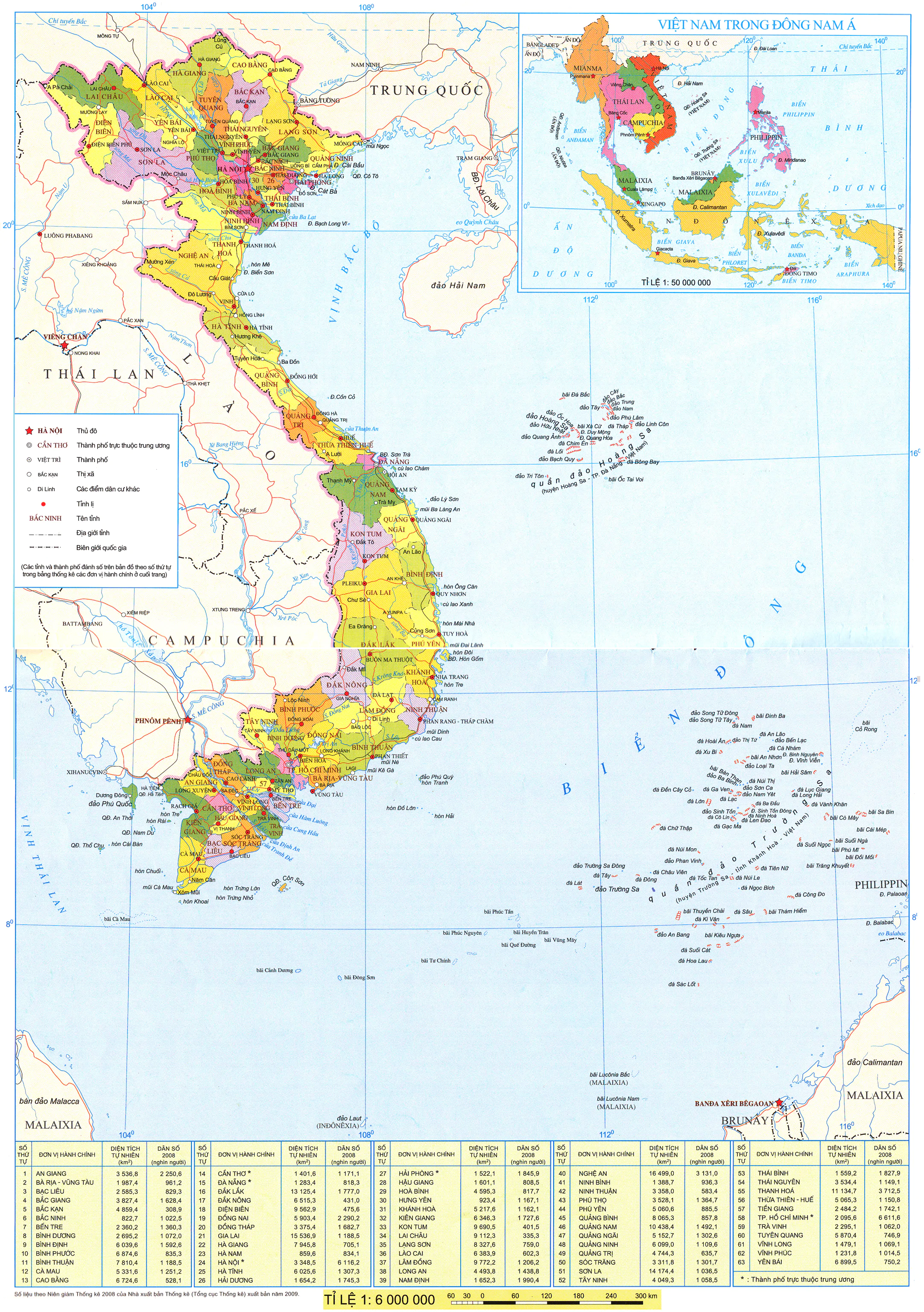

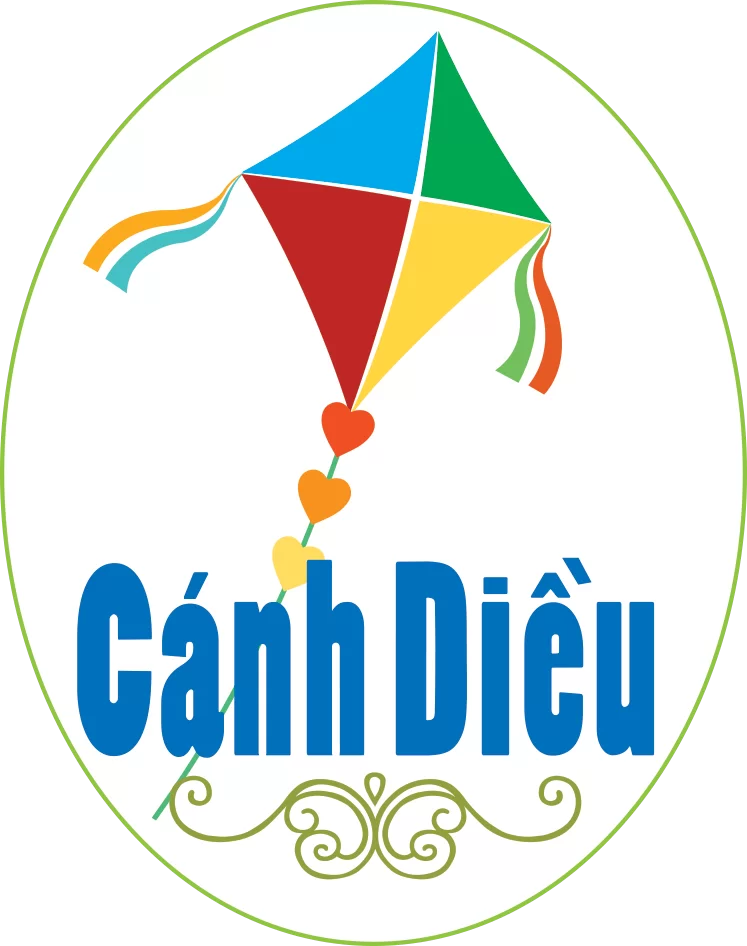













Bình Luận
Để Lại Bình Luận Của Bạn